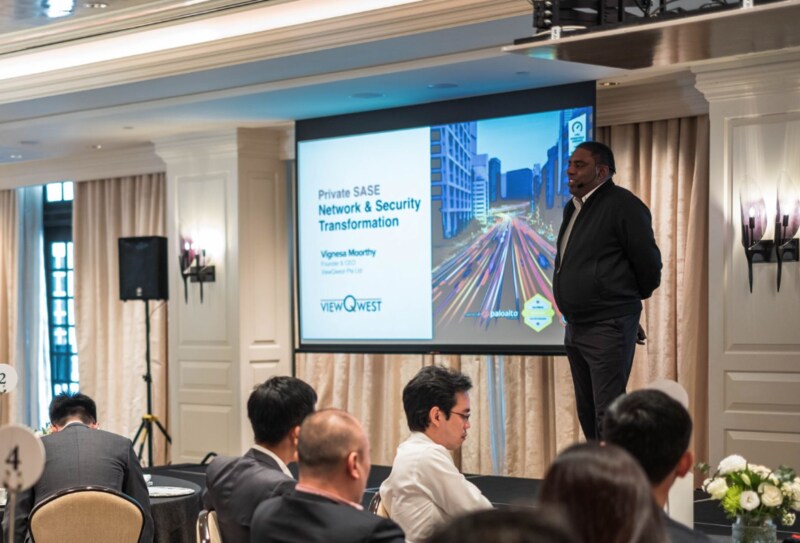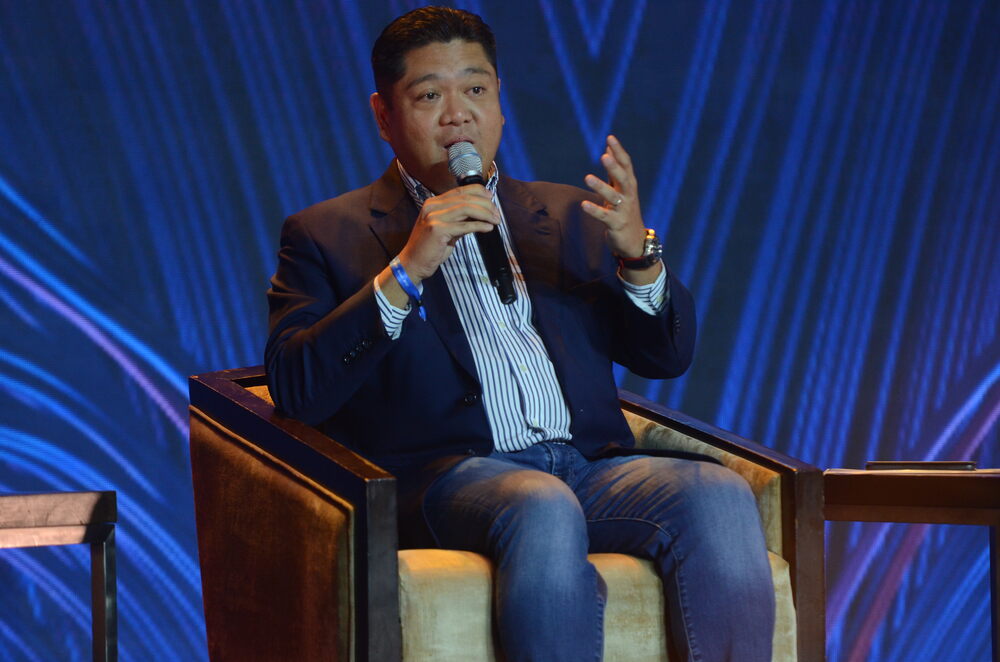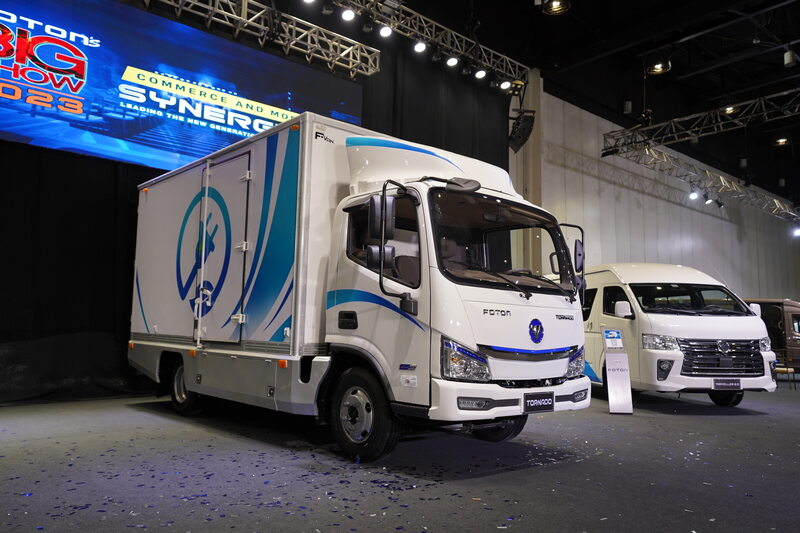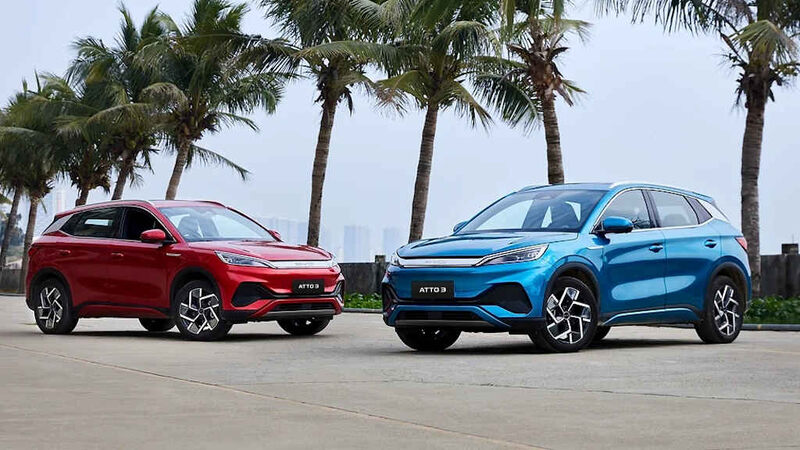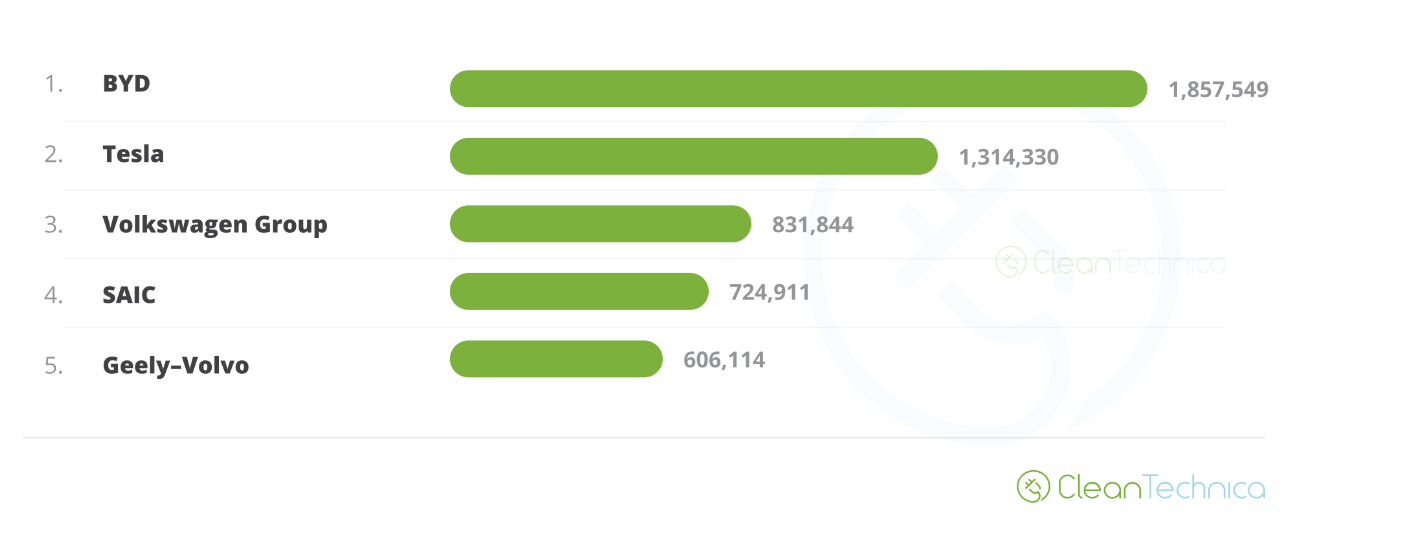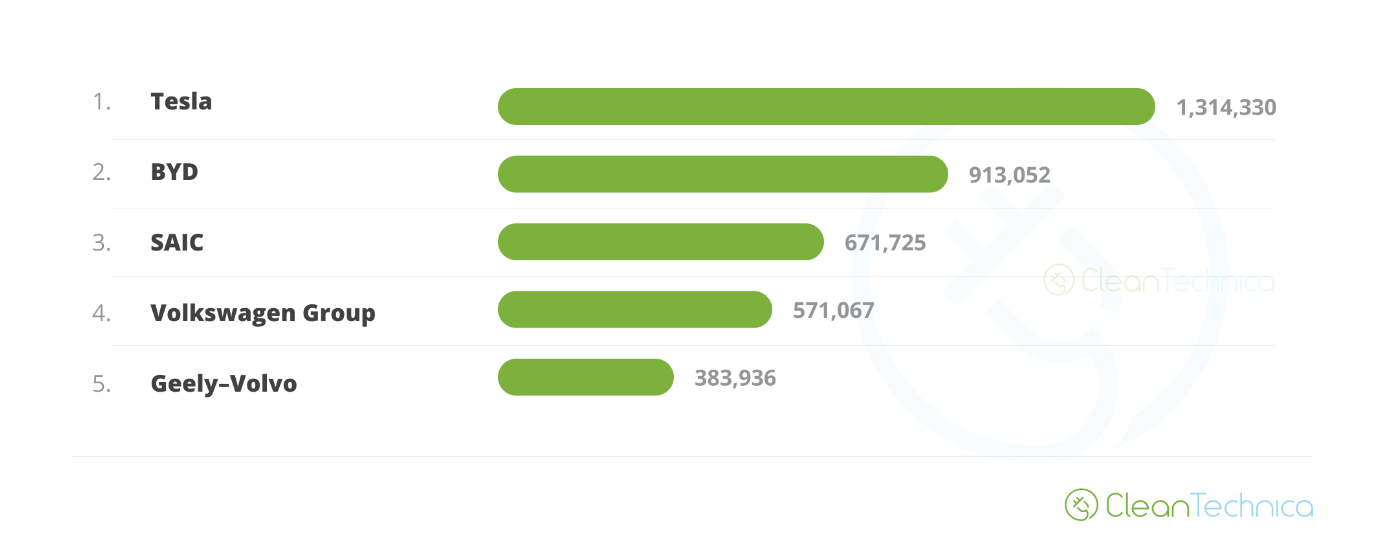WHEN it comes to different types of motorcycles, few are as revered as the bobber style.
The bobber’s sleek and powerful appearance, along with its unique riding position, instills a sense of authority in any enthusiast who takes on the open road.
Honda Philippines, Inc. (HPI), the country’s leading motorcycle manufacturer, has recently introduced the all-new Rebel1100 to give Filipino riders the opportunity to experience this iconic bike. With its modern bobber design, classic single-round LED headlight, and muscular fuel tank, this model catches the eye and exudes a vintage-inspired charm.
Not only does it evoke a nostalgic aesthetic, but it also provides riders with a relaxed posture for a comfortable and sophisticated journey, be it long or short. Best of all, this stylish and high-performance big bike comes at an affordable suggested retail price of P650,000, making it easily attainable for those who crave mobility in style.
To enhance the bike’s stylish appeal and reflect personal taste, the Rebel1100 offers two-color choices for its front fork, exhaust, and shock absorber — Gunmetal Black Metallic and Iridium Gray Metallic — both radiating an imposing presence on the road.
One of the notable features of this impressive machine is its smooth and adaptable suspension settings. The front fork is positioned at a reclining angle, reminiscent of cruiser-style bikes, ensuring a seamless ride. The bike is equipped with preload adjusters, allowing riders to customize the suspension to suit their preferences. Whether you’re embarking on a leisurely drive, a tranquil out-of-town getaway, or navigating through daily traffic during your commute, the Rebel1100 delivers a smooth and controlled experience.
While the Rebel1100’s styling embraces the vintage allure, its performance specifications are undeniably cutting-edge. Its powerhouse consists of a 1,083cc, Parallel-Twin Cylinder, Liquid-Cooled, Single-Overhead Cam (SOHC) engine capable of producing 64kW of power at 7,000rpm and 98Nm of torque at 4,750rpm. Paired with Honda’s exclusive 6-Speed Dual-Clutch Transmission (DCT), which offers automatic-style shifting, riders can expect exceptional confidence and control on the road.
Additionally, the Rebel1100 is equipped with Cruise Control and an advanced Selectable Riding Mode. Cruise Control enables riders to maintain a steady speed within a specified range, reducing fatigue during long-distance travel and ensuring a comfortable arrival after an extended road trip. The Selectable Riding Mode allows riders to choose from four performance modes: Standard, Sport, Rain, and User. Each mode provides different levels of power, torque control, engine braking, and shift schedule. Standard mode is perfect for everyday riding under optimal conditions, ideal for city cruising. Sport mode offers a more aggressive throttle response, perfect for winding roads and performance-oriented riding. Rain mode prioritizes safety control in wet conditions, particularly useful during the rainy season. Lastly, User mode empowers riders to customize the engine characteristics according to their specific needs.
Safety remains a top priority for the Rebel1100, as it incorporates a range of advanced features to ensure a secure ride. The bike is equipped with front and rear disc brakes featuring 2-Channel ABS (Anti-lock Braking System) and Honda Selectable Torque Control (HSTC) with Wheelie Control.
This braking system guarantees immediate stopping power while maintaining control. The exclusive HSTC system, coupled with Wheelie Control, enhances grip and stability on slippery roads, providing riders with an enhanced sense of security. Additionally, the bike offers a USB Socket Type C under the seat, allowing for convenient charging of phones and other devices. All these advanced systems can be efficiently monitored on the bike’s high-tech inverted LCD meter display.

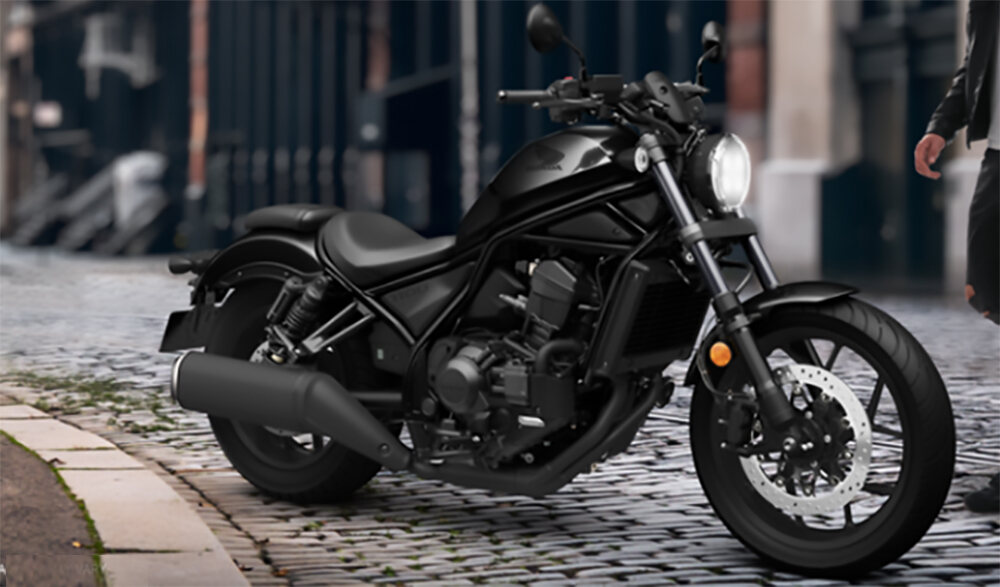



 “The number one cause of motorcycle accidents is human error and we hope to address that through proper motorcycle safety training. Learning in our off-road track would greatly benefit an on-road rider especially when road conditions are less than ideal,” Aquino said. “We also have a program specifically for kids so they start with the right fundamentals and can have more fun riding as they grow older.”
“The number one cause of motorcycle accidents is human error and we hope to address that through proper motorcycle safety training. Learning in our off-road track would greatly benefit an on-road rider especially when road conditions are less than ideal,” Aquino said. “We also have a program specifically for kids so they start with the right fundamentals and can have more fun riding as they grow older.”
 The smooth operation of the UI also comes with an added bonus–a publicly open forum where one can comment and deliver experiences about the phone and UI and this goes directly to realme, unfiltered. I used that forum twice to express one situation when using ‘Sniper’ I had notice significant lag and stuttering, which was easily solved by a restart. It won’t perform with gamer expectations but will deliver where it should.
The smooth operation of the UI also comes with an added bonus–a publicly open forum where one can comment and deliver experiences about the phone and UI and this goes directly to realme, unfiltered. I used that forum twice to express one situation when using ‘Sniper’ I had notice significant lag and stuttering, which was easily solved by a restart. It won’t perform with gamer expectations but will deliver where it should.
